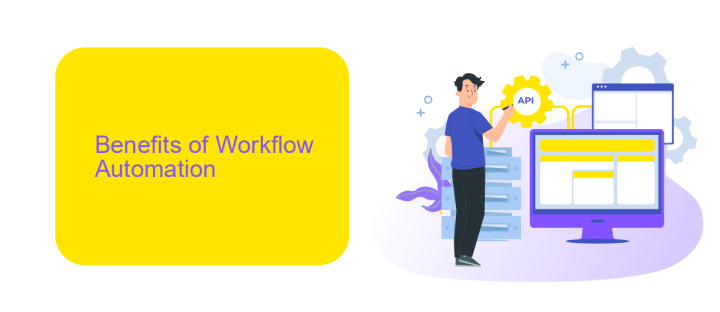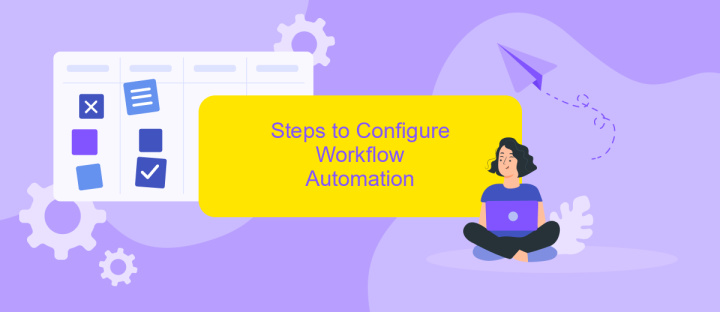Jira Workflow Automation
Jira Workflow Automation is a powerful tool that streamlines project management by automating repetitive tasks and processes. By implementing automation rules, teams can enhance productivity, reduce human error, and ensure consistent workflow execution. This article explores the key features, benefits, and practical applications of Jira Workflow Automation, providing insights on how to optimize your project management efforts effectively.
Introduction to Jira Workflow Automation
Jira Workflow Automation is a powerful tool that streamlines and optimizes your project management processes. By automating repetitive tasks, you can save time, reduce human error, and ensure that your team stays focused on high-priority activities. Automation in Jira allows users to create custom rules and triggers that can perform various actions, such as updating issue statuses, sending notifications, and integrating with other tools.
- Automate repetitive tasks to improve efficiency
- Reduce human error and enhance consistency
- Customize rules and triggers to fit your workflow needs
- Integrate with third-party tools for seamless operations
Integrating Jira with other tools and services can further enhance your workflow automation. For instance, using services like ApiX-Drive, you can easily connect Jira with various applications to automate data transfers and streamline communication. This integration ensures that all your project management tools work harmoniously, providing a cohesive and efficient workflow environment.
Benefits of Workflow Automation

Implementing workflow automation in Jira offers numerous benefits, significantly enhancing productivity and efficiency. By automating repetitive tasks, teams can focus on higher-value activities, reducing the risk of human error and ensuring consistency in processes. This leads to faster project completion times and improved resource allocation, as team members are freed from mundane tasks. Additionally, workflow automation provides better visibility into project progress, allowing for more accurate tracking and reporting, which is crucial for informed decision-making.
Another significant advantage is the seamless integration with other tools and services, such as ApiX-Drive. ApiX-Drive enables effortless connectivity between Jira and various applications, streamlining data flow and communication across platforms. This integration capability ensures that all relevant information is synchronized in real-time, reducing manual data entry and the potential for discrepancies. Consequently, teams can maintain a unified workflow, improving collaboration and overall project management. By leveraging these integrations, organizations can create a more cohesive and efficient operational environment.
Steps to Configure Workflow Automation

Configuring workflow automation in Jira can significantly enhance your project management efficiency. By automating repetitive tasks, you can save time and reduce errors, allowing your team to focus on more critical activities. Here’s a step-by-step guide to help you set up workflow automation in Jira.
- Navigate to the Jira dashboard and select the project where you want to configure the workflow automation.
- Go to the "Project Settings" and click on "Workflows" to access the workflow editor.
- Select the workflow you want to automate and click on "Edit" to enter the workflow configuration mode.
- In the workflow editor, click on the transition you want to automate and choose "Add Post Function".
- Select the desired post function, such as updating an issue field or sending a notification, and configure its parameters.
- Click "Add" to save the post function and then "Publish" the workflow to apply the changes.
- If you need to integrate with other tools for more advanced automation, consider using ApiX-Drive to streamline the integration process effortlessly.
By following these steps, you can create a more efficient and automated workflow in Jira, ensuring that your team can focus on what truly matters. Integrating with tools like ApiX-Drive can further enhance your automation capabilities, making your project management seamless and more productive.
Best Practices for Workflow Automation

Effective workflow automation in Jira requires a clear understanding of your processes and objectives. Begin by mapping out your current workflows and identifying repetitive tasks that can be automated. This will help you pinpoint areas where automation can provide the most value.
Once you've identified the tasks to automate, it's crucial to set clear and measurable goals. Define what success looks like for your automation efforts, whether it's reducing time spent on manual tasks or improving accuracy in task completion. Having specific goals will guide your automation strategy and help you measure its effectiveness.
- Regularly review and update your workflows to ensure they remain aligned with your business needs.
- Utilize integration services like ApiX-Drive to connect Jira with other tools and streamline your processes further.
- Test your automated workflows thoroughly before full implementation to avoid disruptions.
- Gather feedback from your team to continuously improve and adapt your automation strategies.
By following these best practices, you can maximize the benefits of workflow automation in Jira. This will not only enhance productivity but also free up your team to focus on more strategic tasks, driving overall business growth.
Conclusion
Implementing Jira Workflow Automation can significantly enhance your team's productivity by streamlining repetitive tasks and reducing manual intervention. By automating workflows, you can ensure that processes are consistent and efficient, allowing team members to focus on more strategic activities. The customization options available in Jira enable you to tailor the automation to fit your specific needs, ensuring that your workflows are optimized for your organizational requirements.
Additionally, integrating Jira with other tools and services can further amplify the benefits of workflow automation. Platforms like ApiX-Drive offer seamless integration capabilities, allowing you to connect Jira with various applications effortlessly. This ensures that data flows smoothly between systems, reducing the risk of errors and improving overall operational efficiency. By leveraging these integrations, you can create a cohesive and automated environment that supports your team's objectives and drives continuous improvement.
- Automate the work of an online store or landing
- Empower through integration
- Don't spend money on programmers and integrators
- Save time by automating routine tasks
FAQ
What is Jira Workflow Automation?
How can I set up automated rules in Jira?
What are some common use cases for Jira Workflow Automation?
Can I integrate Jira Workflow Automation with other tools?
Is it possible to customize automated workflows in Jira for different projects?
Strive to take your business to the next level, achieve your goals faster and more efficiently? Apix-Drive is your reliable assistant for these tasks. An online service and application connector will help you automate key business processes and get rid of the routine. You and your employees will free up time for important core tasks. Try Apix-Drive features for free to see the effectiveness of the online connector for yourself.


